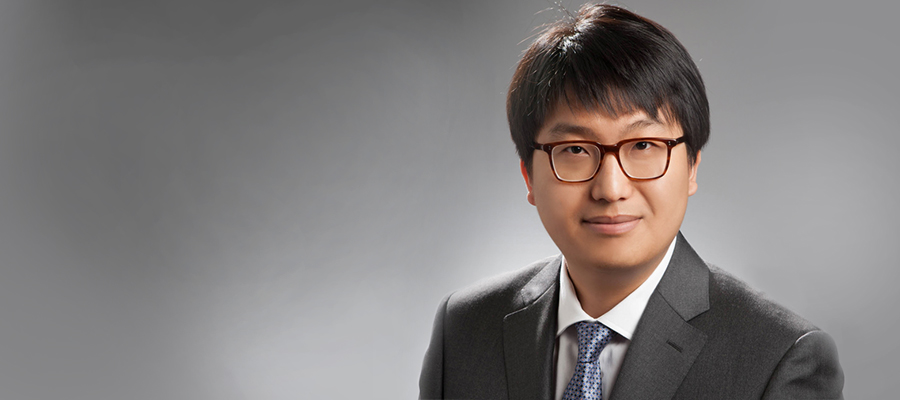Researcher Develops New Algorithms for Smart Onboard Data Processing in Sensor Technologies
by Yaffi Spodek | Tuesday, Apr 13, 2021
By 2030, nearly 146 million connected vehicles will operate in the U.S., each generating 25 gigabytes of data per hour. However, traditional data analytics systems are not capable of handling this high amount of data. A researcher at the FAU College of Engineering and Computer Science is using novel data science tools to create new data mining algorithms embedded at the vehicle level that can collect and process streams of data in a highly efficient and scalable way.
Dr. Jinwoo Jang, assistant professor in the Department of Civil, Environmental and Geomatics Engineering and faculty fellow at the Institute for Sensing and Embedded Network Systems Engineering (I-SENSE) is using sensor network applications and robust data analytics for more efficient data sampling.
“Over the past decades, developments in sensing technology and wireless communication have provided cities and communities with increasingly-important sensor data to create more reliable and livable urban environments,” he said. “The ultimate goal of my research is to harness sensor data, integrated with novel artificial intelligence, to better inform, design, manage, and understand our city-scale civil infrastructure systems.” Dr. Jang has received external funding for several projects that allow him to apply his unique multidisciplinary expertise in both structural and transformation engineering, as well as in the fields of data science and artificial intelligence.
Dr. Jang is a co-PI for a five-year, $5.3 million grant from the National Institutes of Health to formulate the first in-vehicle sensing system to detect cognitive change in older drivers. He is part of an interdisciplinary research team led by Dr. Ruth Tappen, professor and Christine E. Lynn Eminent Scholar in FAU’s Christine E. Lynn College of Nursing. “Since we want to understand a person’s mental health through a normal, daily driving situation, we are working together with nursing and neuroscience experts to develop new technology to monitor the patient’s physical health. As people get older, they have certain driving patterns that are going to change, and we are trying to analyze the trajectory of that change. We are designing the hardware and sensors to detect all changes in cognitive function, as well as collect and analyze all possible data to help us understand those changes,” Dr. Jang explained.
With a $170,000 grant from the National Science Foundation, Dr. Jang is working on vehicle sensing by using Internet of Things (IOT) technology and data science to harness in-vehicle sensors as a means of mobile sensing platforms to obtain city-scale traffic and road safety data. “Our goal is to develop a new algorithm that can enable more efficient onboard data processing,” he explained. “This algorithm will be a new approach to produce a better way of defining vehicle data that can easily integrate with the map data so that massive in-vehicle data can be simply visualized on the map.”
As an expert in data science and analytics for data monitoring systems, Dr. Jang is among the senior personnel for a $2.4 million grant from the National Science Foundation to train graduate students in data science technologies and applications. Led by Dr. Borko Furht, CEECS professor and director of the NSF Industry/University Cooperative Research Center for Advanced Knowledge Enablement (CAKE), the project team includes other researchers from the College of Engineering, as well as from FAU’s College of Medicine, College of Nursing, and College of Science.
At the College of Engineering, Dr. Jang trains his students integratively. “In my course on Structural Health Monitoring, students learn how to use sensing technology and data to understand the condition of a structure in its daily state,” he said. “In my Structural Dynamics course, I teach students to learn how to analyze time-sensitive data and vibration data, as well as how they can design structures to withstand conditions.”